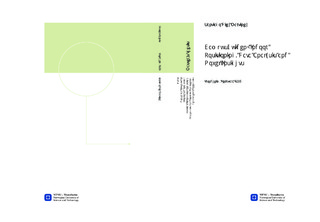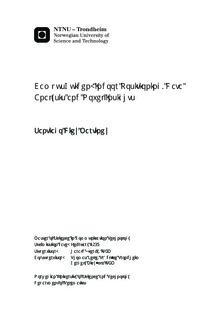| dc.description.abstract | A positioning system enables a mobile device to determine its position, and makes the position of the device available for position-based services such as navigation, tracking or monitoring. The fact that GPS satellite-based positioning systems cannot be deployed for indoor use, the mobility of people and the multi-path effects of the building geometry raise new challenges for indoor positioning systems (IPS). Nowadays public areas such as hospitals, train stations or universities have WLAN technology deployed. WLAN-based positioning systems reuse the existing WLAN infrastructures in indoor environments, cutting down the cost of the services. These systems can also be more easily and quickly set-up if the objects to locate are equipped with WLAN technology. Campusguiden is a multi-platform application for indoor campus positioning that works integrated with an existing infrastructure. It uses both techniques to guide the user from his actual position to anywhere else inside the Gløshaugen campus, GPS for outdoor and the Wi-Fi network for indoor. Campus Guide is an umbrella term that includes a central server and a Java application that the end users download and run from their mobile devices. This application has been developed by Wireless Trondheim, and provides a framework for coarsely tracking the indoor location of Gløshaugen campus students and employees. The student will start understanding the data at his disposal. After that, he will split the dump file according to the different kind of requests it contains. And with the location and guide demands, he will make the properly requests to the server obtaining the paths that were followed. The student then will draw a graph of all the possible paths between the points of interest, assigning a weight to each path according to the times it has been used. In this graph he will analyze the data in search for patterns such as of user mobility, traffic bottlenecks and popular paths. In addition to extracting these patterns, the student will also create an expressive visualization of the results. Depending on the insights derived, the student will look into possible business opportunities arising from this knowledge. | nb_NO |

